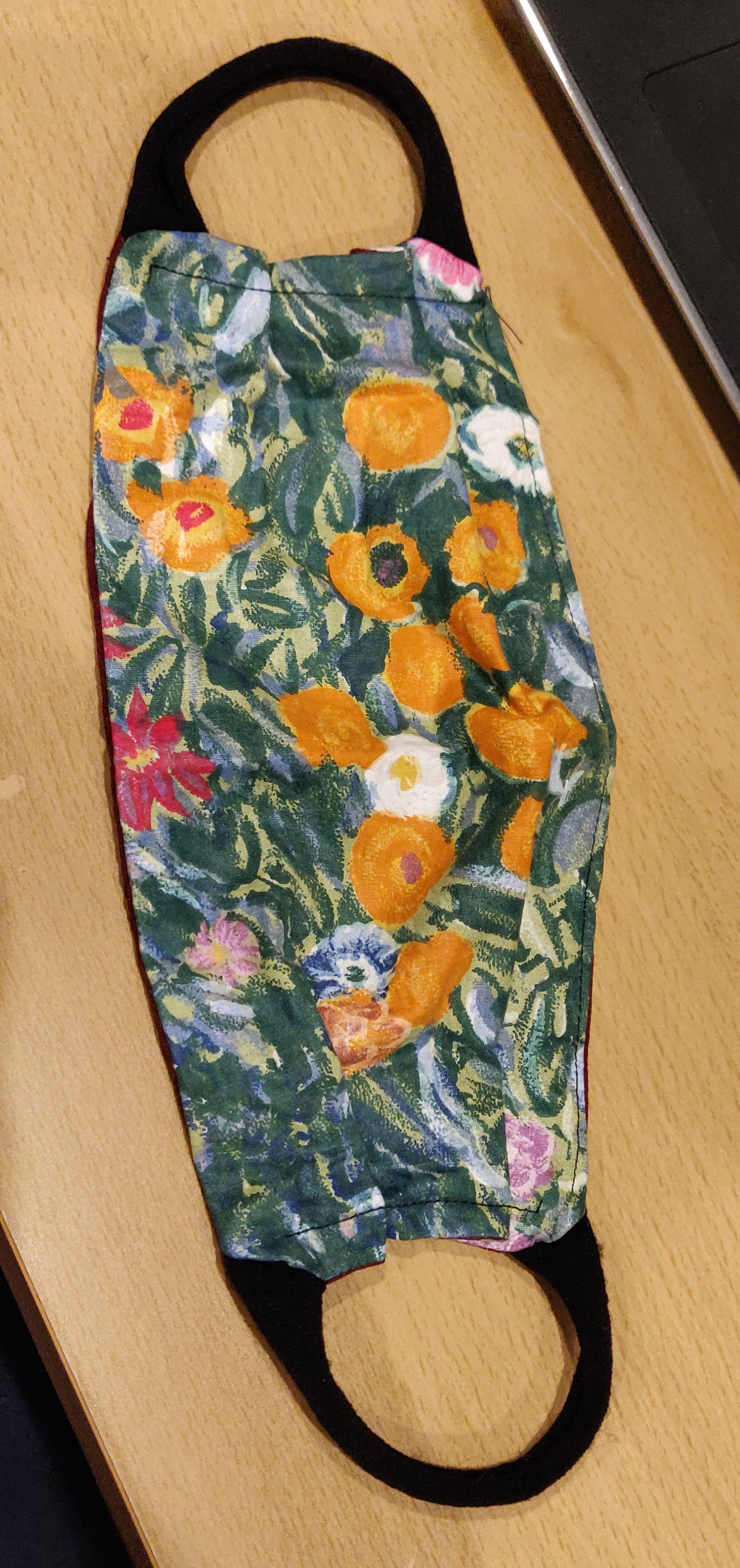The following is a transcribed interview between me and interviewee, MH.
Me: How are you protecting yourself against the coronavirus?
MH: OMG, well I’ve been crushing up garlic and taking it like a shot in the morning with some hot black tea with honey in it to chase it. And all our stores are getting completely wiped out of garlic because everyone is upping the garlic to boost their immune system. Our stores are also getting drained of all our kombuchas because everyone is upping the probiotics. But I thought it was pretty surprising how fast the garlic has been going, it is like never before.
Me: Thanks so much.
Background:
Interviewee works for Trader Joe’s, a supermarket chain that has been providing food services during the COVID-19 pandemic. Trader Joe’s, along with many other supermarkets have been essential businesses during the pandemic and the community of food service workers have been impacting daily life because they are one of the few who are still working. Further, supermarkets are one of the only in-person businesses still running, where many people will interact.
Context:
This piece of folklore was collected from a quick phone call when interviewee had just gotten off of work. The setting was very casual, as we were just talking to catch up and share some folklore.
Thoughts:
Garlic is a well-known and established folk medicine for colds. However, I think it is interesting how popular this remedy has gotten with the coronavirus since there aren’t any known medicines that work for it yet. I think that it is the lack of medicines for the virus that is leading to a large surge in natural medicine and ancient eastern remedies. However, most popularly is simply raw garlic cloves being ingested or eaten. And, even more interestingly, since the interviewee works in a supermarket chain, she says that their stock is diminishing across America. And so, maybe it is possible that all over America, people are desperate and trying anything that may help them fight off this virus. Their first source of medicine seems to be reaching for the tried-and-true garlic cloves.
For some more history on this remedy, here’s a quick, easy-to-read source with some interesting information on the growth of this remedy: https://home.howstuffworks.com/garlic3.htm

